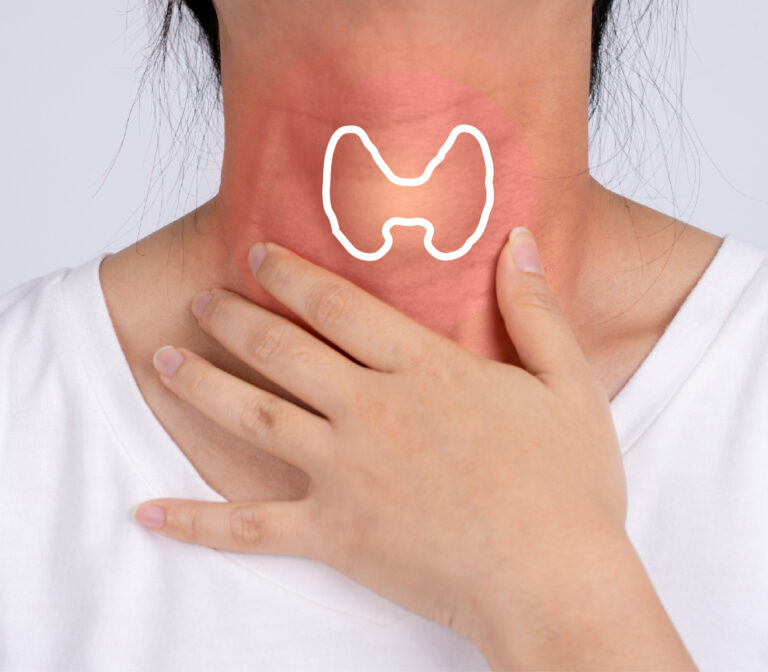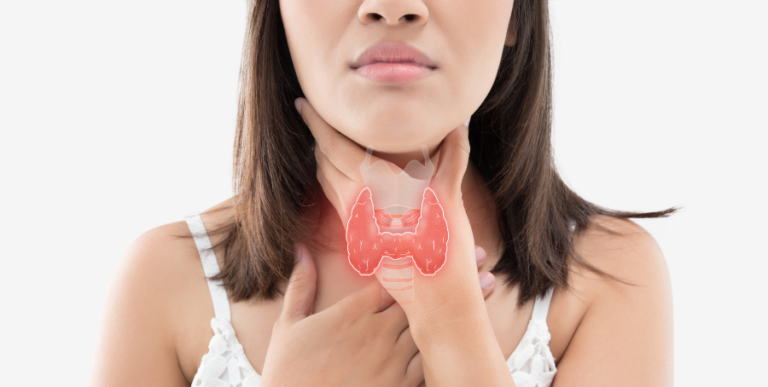
You’re showering or lying on your bed when suddenly you feel a lump in your breast. You start to panic. Is the lump a cause of concern? Do I have breast cancer?
Finding a lump in breast can be worrying, but you don’t have to be. Most breast lumps are benign, with only a small percentage of women ending up being diagnosed with breast cancer. Nonetheless, if you detect any pain, swelling, or lumps around your breasts or nipples, you should seek an appointment with your doctor immediately.
Remember: Early detection means a greater chance of successful treatment. If you are worried about an abnormal lump in your breast or underarm, read on to find out what your lumps may be and what other warning signs of breast cancer you should look out for.
Table of Contents
ToggleWhat are lumps in breast?
Breast lumps are tissue growth within your breast. Thankfully, in most cases, breast lumps are non-cancerous (ie. benign). The most common types of breast lumps are characterised as:
1.Fibroadenoma
More commonly found in younger women aged 15 to 35, fibroadenomas are firm, smooth, and round lumps formed by the growth of glandular tissues and ducts over a lobule (milk-producing gland). The causes of a fibroadenoma are unclear but thought to be due to changing levels of reproductive hormones. They can feel like marbles under the breast and are usually painless, though there could be some tenderness and pain before your period. When you touch it, the lump would move under the skin. Most fibroadenomas start off small (around 1.5 to 2 cm) but can grow based on the hormone levels.
2.Breast cysts
Breast cysts are fluid-filled sacs located in the milk glands. They can either feel firm or tender, especially during your period. Like fibroadenomas, breast cysts are smooth, round, and will shift a little when you touch them. For some women, cysts can feel uncomfortable and painful. Depending on the hormone levels, breast cysts can vary between a few millimetres (microcysts) and up to 5 centimetres wide (macrocysts).
Most benign lumps are caused by hormonal imbalances, especially during puberty, menstruation, and menopause. So, if you’re on your period and suddenly feel lumps in your breast, don’t panic. You should check if the lumps are still present 1 week after your menses.
What are the warning signs of breast cancer?
On the other hand, cancerous lumps are often painless, persistent, and would feel much harder than a benign lump. Malignant lumps may have irregular shapes that increase in size over time. If the cancer is in its later stages, the lumps would not be moveable. It should raise concerns if the breast lumps are accompanied by other signs like red, dimpled skin (like orange skin), nipple retraction, nipple discharge, and persistent rash.
How can I be sure that the lump in breast is cancerous?
You can only tell if the lump is cancerous when it is examined by a doctor, who will conduct a physical examination followed by a clinical assessment. This process involves the following:
Ultrasound

An ultrasound is a scan that uses sound waves to produce images of the inside of the body without radiation, which makes it a relatively safe process. Breast ultrasounds can determine if a lump is a solid mass or a fluid-filled cyst.
Mammogram

It involves a special X-ray machine to take an X-ray of your breast to determine the presence of any masses, lumps, or other abnormalities that may be undetectable by hand. While you may feel some discomfort from the compression of the plates, it is generally painless. In addition, the radiation exposure is very low, which makes the health risk insignificant.
Note: Even if you don’t notice any lumps when performing a self-examination, you are still recommended to take it regularly. For women aged 40 to 49, you are recommended to take a mammogram once per year. For those 50 and above, you should go for a screening once every 2 years.
Biopsy

If a lump is detected and suspected to be cancerous, your doctor may perform a biopsy. A breast biopsy is a procedure where a small sample of breast tissue is taken from the suspected site, and the cells are examined under a microscope. Only a biopsy can confirm if the growth is cancerous.
What happens if my breast lumps are benign?
If your breast lump is benign and low risk, no treatment is necessary as they usually disappear on their own. However, if you feel pain or discomfort, your doctors can help you with these treatments:
-
- Fine needle aspiration to drain the fluids in breast cysts
- Using oral contraceptives to regulate your hormones
- (As a last resort) Lumpectomy to remove the breast lump. It is usually performed only if the lump has not shrunk on its own after months and/or there is persistent pain in your breasts
What happens if I have breast cancer?
Today’s advanced medical technologies make early-stage breast cancer highly treatable. A multidisciplinary team will come up with a personalised treatment plan for you based on the severity and type of breast cancer.
The main priority is breast conservation. For early-stage cancer where the cancerous cells are more localised and the tumour is smaller, surgeries like lumpectomy (surgical removal of the breast lump) may be performed.
Prior to the surgery, a localisation procedure is conducted to locate the breast lump. At CSS, we perform a minimally invasive procedure called mammotome biopsy, also known as excisional biopsy. It starts with mapping the location of the breast lump using computer imaging tools like X-ray or MRI. Using the image as a guide, a core needle attached to a hooked wire will be inserted through a small incision to the location of your breast lump. After that, the needle will be removed, leaving the wire in to mark the tumour.
During lumpectomy, the wire will serve as a guide to locate and remove the tumour. Some healthy tissues and lymph nodes may be removed as well to account for any cancerous cells surrounding the tumour. To lower the risk of cancer recurrence, radiation therapy may be performed after surgery to kill off any remaining cancerous cells.
If surgery is not possible perhaps due to the location and size of the tumour, alternative therapies can be used to gradually kill the cancerous cells or reduce the size of the tumour until it becomes surgically viable. These therapies can also be performed after surgery (adjuvant therapies) to kill off any remaining cancerous cells. The types of therapy typically include:
- Chemotherapy: Drug treatment to inhibit cancerous cell growth
- Hormone therapy: Drugs that prevent reproductive hormones from attaching to receptors in cancer cells, minimising cancer cell growth.
- Radiotherapy: Using high-energy x-rays to kill cancerous cells or damage their DNA.
- Immunotherapy: Drugs to enhance the immune system’s ability to recognise cancer cells.
In the event where no other options are viable, mastectomy may be performed (removal of the entire breast). However, this is usually the last resort, and there will be breast reconstruction options as part of post-operation recovery.
Is there a need to conduct breast self-examination?

In Singapore, over 2,000 women are diagnosed with breast cancer each year. 1 in 13 women will get breast cancer in their lifetime. (Source: Singapore Cancer Registry Annual Report 2018).
Without careful breast examination, breast cancer can go unnoticed and grow, making it harder to treat. You can safeguard your health through regular check-ups such as self-examination and habitually going for mammogram screenings.
You should perform a self-examination at least once a month from your 20s onwards, preferably a week after your menstruation started. You can either lie down or stand in front of a mirror.
Observe your breast and underarms for:
- Rashes, redness, or lumps on your skin
- Changes in the shape and size of your breasts
- Nipple inversion
- Any bulging or puckered areas around the outline of your breast
Next, using your finger pads, apply different pressure in a circular motion from your collarbone to your cleavage and armpits to check for any lumps or distortions around your breasts. Gently squeeze your nipple to check for abnormal nipple discharge such as blood, yellow, or watery fluid.
Safeguard your health today
Centre for Screening and Surgery specialises in cancer screening and treatment of cancers at early stage using minimally invasive procedures.
If you are looking to do breast screening or if you detect a lump in your breast, and need to schedule a check-up immediately, you may call us to book an appointment with us today.



